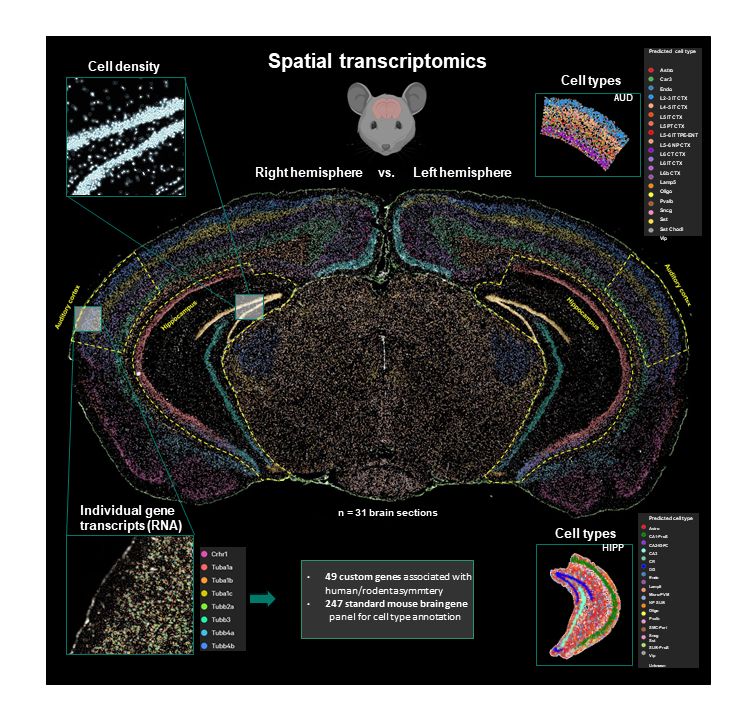


Working on a deep dive into circuit changes during mushroom body expansion in Heliconius butterflies @camzoology.bsky.social
- employment benefits
- 4 years funding
- 1000% fun
Deadline: 14/1/2026
Details:
www.cam.ac.uk/jobs/researc...

Working on a deep dive into circuit changes during mushroom body expansion in Heliconius butterflies @camzoology.bsky.social
- employment benefits
- 4 years funding
- 1000% fun
Deadline: 14/1/2026
Details:
www.cam.ac.uk/jobs/researc...
More importantly, the scientific value of this media campaign, balanced against the possible stigmatization of individuals with these real conditions today, is highly questionable. edition.cnn.com/2025/11/13/s...

www.cam.ac.uk/jobs/faculty...
www.cam.ac.uk/jobs/faculty...


www.nature.com/articles/s41...

www.nature.com/articles/s41...
All publicly available. Looks like an amazing new histology-based human probabilistic atlas and parcellation tool.
#neuroskyence #mri #brainmapping
A probabilistic histological atlas of the human brain for MRI segmentation | Nature share.google/5AD0iW7pxgb4...

All publicly available. Looks like an amazing new histology-based human probabilistic atlas and parcellation tool.
#neuroskyence #mri #brainmapping
A probabilistic histological atlas of the human brain for MRI segmentation | Nature share.google/5AD0iW7pxgb4...
We work on:
📜 Genetic history integrated with archaeology and history
📈 Natural selection and trait genetics
🐺 Evolutionary genomics of dogs and wolves
🦠 Ancient pathogen genomics
💀 Hominin evolution and ancient proteomics
Apply by 05 November 2025
www.crick.ac.uk/careers-and-...

We work on:
📜 Genetic history integrated with archaeology and history
📈 Natural selection and trait genetics
🐺 Evolutionary genomics of dogs and wolves
🦠 Ancient pathogen genomics
💀 Hominin evolution and ancient proteomics
More info: www.mpi.nl/imprs-phd-fe...
#AcademicJobs #PhDJobs
🧬🧪

More info: www.mpi.nl/imprs-phd-fe...
#AcademicJobs #PhDJobs
🧬🧪
Learn more on #WorldAnimalDay: https://scim.ag/46OMl6v

Learn more on #WorldAnimalDay: https://scim.ag/46OMl6v
🔗 doi.org/10.1093/molbev/msaf222
#evobio #molbio

🔗 doi.org/10.1093/molbev/msaf222
#evobio #molbio


Lots of updates from the preprint!

Lots of updates from the preprint!

🔗 doi.org/10.1093/molbev/msaf189
#evobio #molbio #autism

🔗 doi.org/10.1093/molbev/msaf189
#evobio #molbio #autism
www.biorxiv.org/content/10.1...

www.biorxiv.org/content/10.1...
How can we define homologous cell types across vertebrates and invertebrates?
Next Wednesday, September 10, 2pm UTC, 4pm Paris 🧠🦎🐣🐭🌊 Join us www.crowdcast.io/c/evolution-...
How can we define homologous cell types across vertebrates and invertebrates?
Next Wednesday, September 10, 2pm UTC, 4pm Paris 🧠🦎🐣🐭🌊 Join us www.crowdcast.io/c/evolution-...


